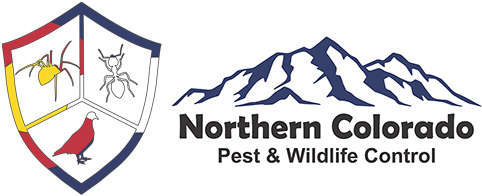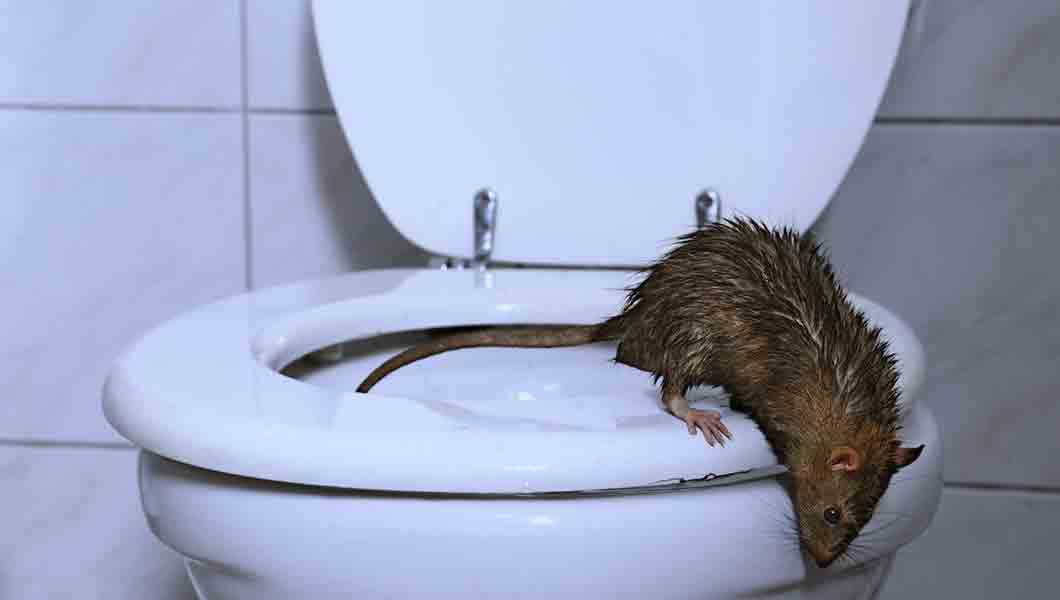Background Information – Mice and Rats
There is a multitude of species of mice and rats throughout Colorado; however, there are two species of mice that we work with and two different species of rats.
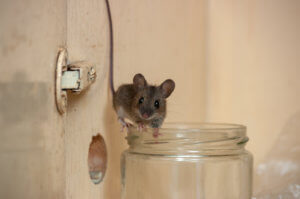
The most common mouse is the house mouse. These mice are dusty gray with cream-colored bellies. They are 2.5 to 3.75 inches long with tails that are 2.75 to 4 inches long. They are commensal, meaning they are found around human habitation. Another common mouse, which is typically found closer to the foothills and mountains is the deer mouse. These mice are well known for their link to the hantavirus. These mice are distinguishable by their brown color with white feet and bellies. Their eyes are very big and bulge out. They are slightly bigger than house mice, measuring 5 to 8 inches in length.
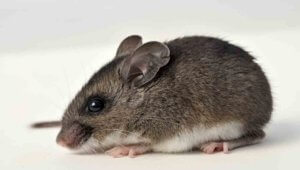
Norway rats are common in certain parts of the front range and are far more common now than they were even 10 years ago. These rats are brown with scattered black hairs, with gray to white undersides. They are 7 to 9 inches long with scaly tails lacking fur. These rats are generally found near sewers and water. Unlike the other rodents listed, these rats require a significant amount of water (1 ounce per day). These rats are also classified as a commensal rodent and they thrive around human habitation. Another common rat is the packrat/woodrat. There are numerous species across the foothills and mountains of Colorado. They are generally 12 inches long, weighing about 4.5 ounces, gray to blackish brown to rich reddish tan with most having white to grayish bellies. These rats are not commensal. They will, however, go inside attics and crawlspaces to seek shelter. They rarely make it inside the livable space. These rats get their name from their behavior. They gather items of interest and pack them away in nests. They have been known to steal jewelry and love shiny things. They are the rednecks of the rodent world.
Treatments for Mice and Rats
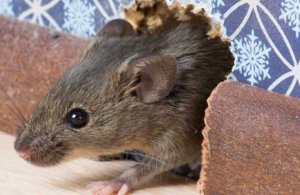
Treatment begins with a complete inspection to identify entry points. Our goal is to prevent future entry through exclusion of the dwelling. Once the structure has been sealed, we will set traps inside to capture the rodents. The service comes with a follow-up service or two, based upon activity levels, to remove trapped rodents and reset traps as deemed necessary. In some cases, the exterior of the structure is not sealable, either due to deteriorating conditions, financial limitations, or inaccessibility due to decking. In these cases, a preventative service would be recommended. These services include exterior rodent bait stations to decrease the rodent population around the structure. On the interior, traps will be placed as an assurance. It is common that preventative services for rodents are paired with general insect control (spiders, ants, etc.) services to keep the most common pests out of the house or business.
Service Expectations
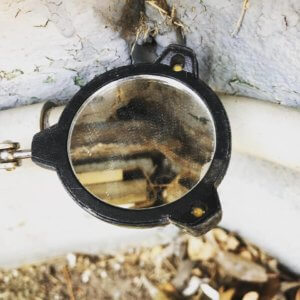
NOCO Pest and Wildlife Control Rodent services come with a 60-day interior warranty unless the service technician notes otherwise. A lack of warranty might be due to one of the reasons listed above, including inaccessibility, deteriorating conditions, or financial limitations. All rodents are generally trapped and removed within 1 week of service beginning. All rodent services include an initial visit with a follow-up in 3-5 days. Our goal is that you will not have another rodent in the house. If you happen to see another mouse or rat, we want you to call us immediately because this means that either there was a breach in the exclusion work or there is a new hole or a missed hole and it needs to be addressed. If there are a significant amount of droppings, we might quote for a clean-up service, or provide advice on how to dispose of the droppings while keeping yourself safe from the hantavirus.
